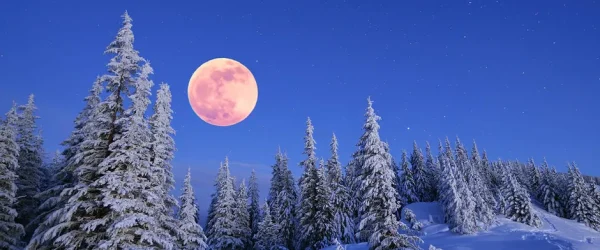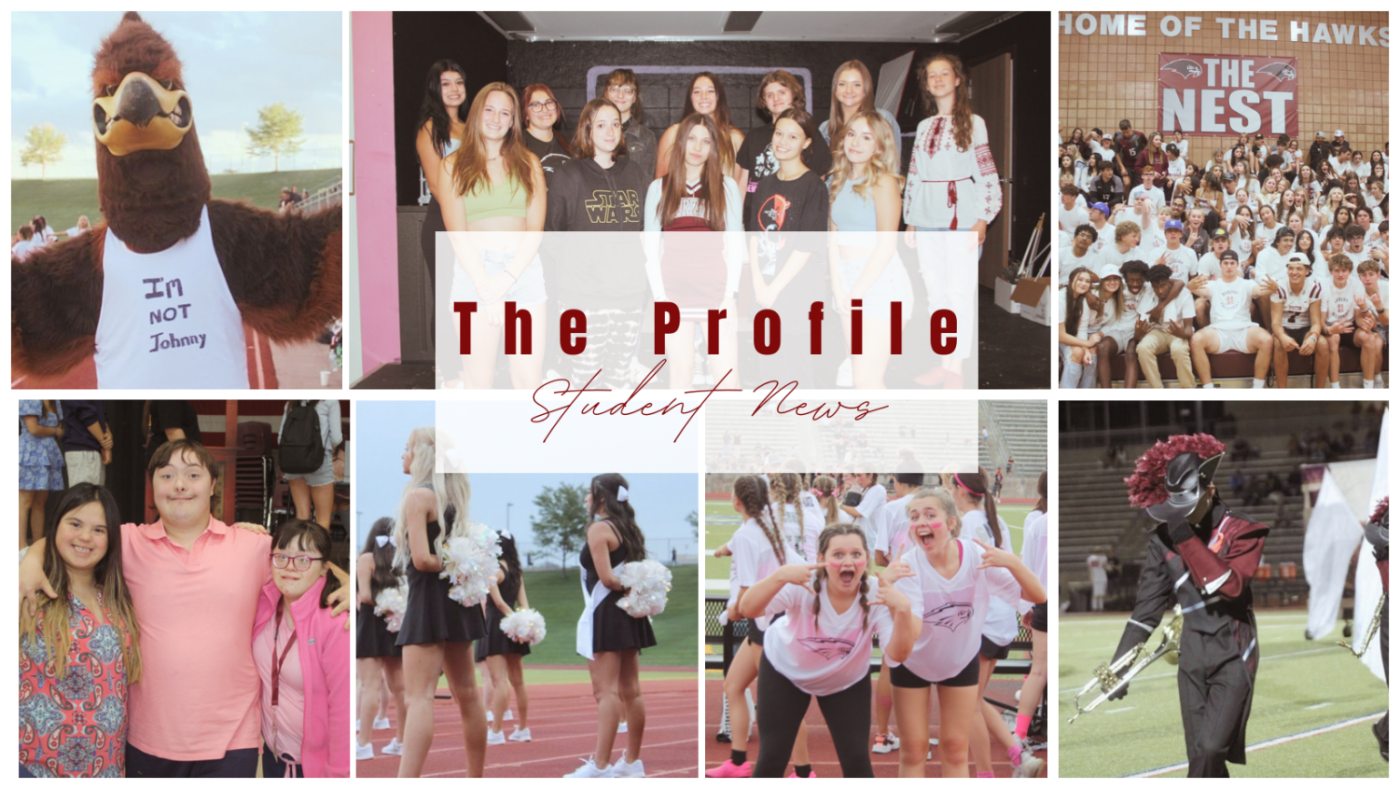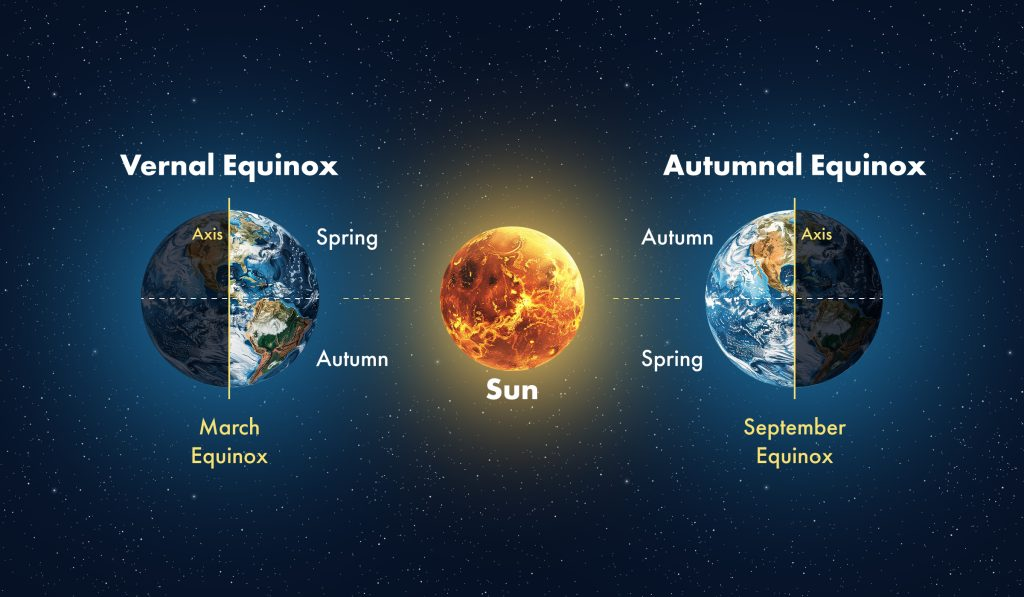
Did you know that once every 19 years, February lacks a full moon? For instance, this event would be called the Black Moon.
The month of February will have a Full Snow Moon in the night sky. On February 12, the full moon will peak. It will rise above the horizon in the East and reach its illumination at 8:53 AM EST. The full moon will reach its highest point in the sky at midnight. The full moon lies beside the constellation Leo and its famous Sickle asterism. The Sickle is the head and shoulders of the lion. The full moon is known as the Snow Moon by the heavy snowfall in February and being the snowiest month in the United States.
In the 1760s, Captain Jonathan Carver, who had visited with the Naudowessie Dakota, wrote the name used for this period of time as the Snow Moon.
“Because more snow commonly falls during this month than any other in the winter,” said Captain Carver.
February’s full moon has other names to it other than Snow Moon. The Cree called the full moon the “Bald Eagle Moon” or “Eagle Moon.” The Ojibwe and Tlingit called it the “Bear Moon” because it referred to the time when bear cubs were born. The Dakotas call it the “Raccoon Moon.” The Haida called it the “Goose Moon.” The Cherokee called it the “Hungry Moon” because it gives evidence to the fact that food was hard to come by at this time. The Celtic and Old English named it “Storm Moon” and “Ice Moon.” Some Algonquin people call it the “Groundhog Moon” because Groundhog Day occurs in the same month.
Remember to stay warm! And be on the lookout for the beautiful full moon coming on the 12th.







